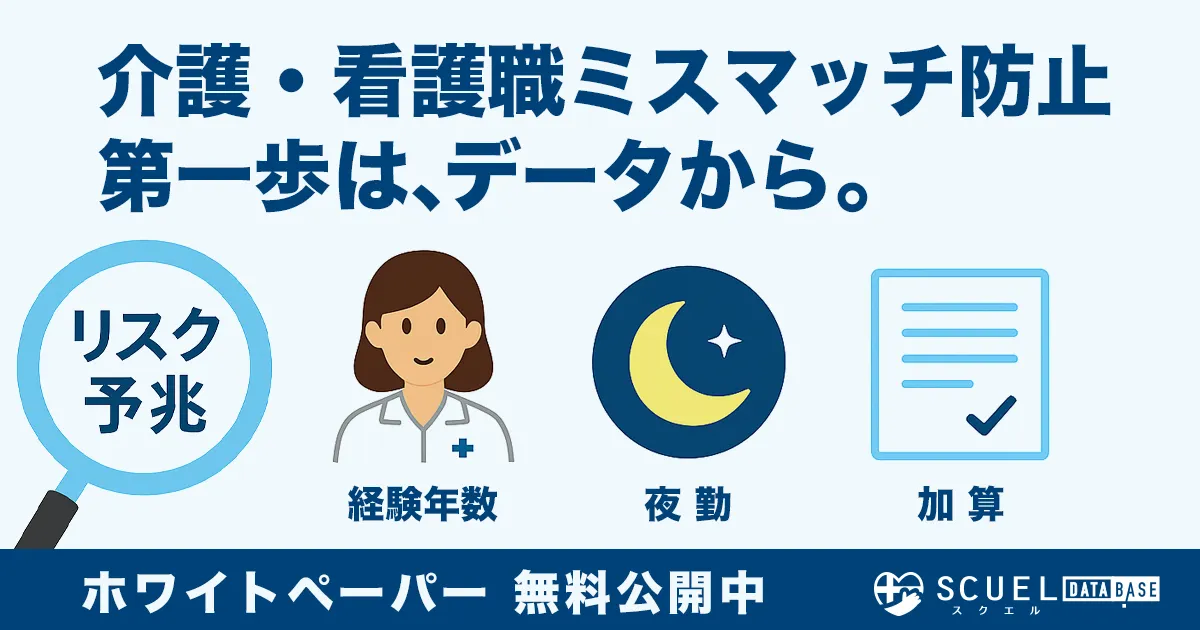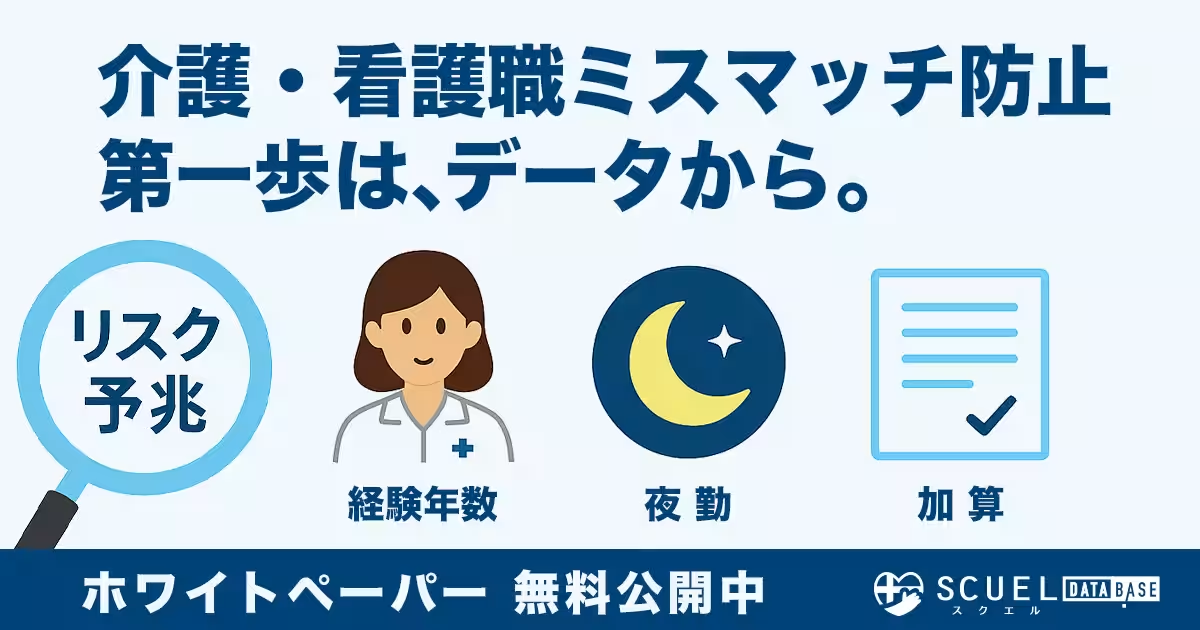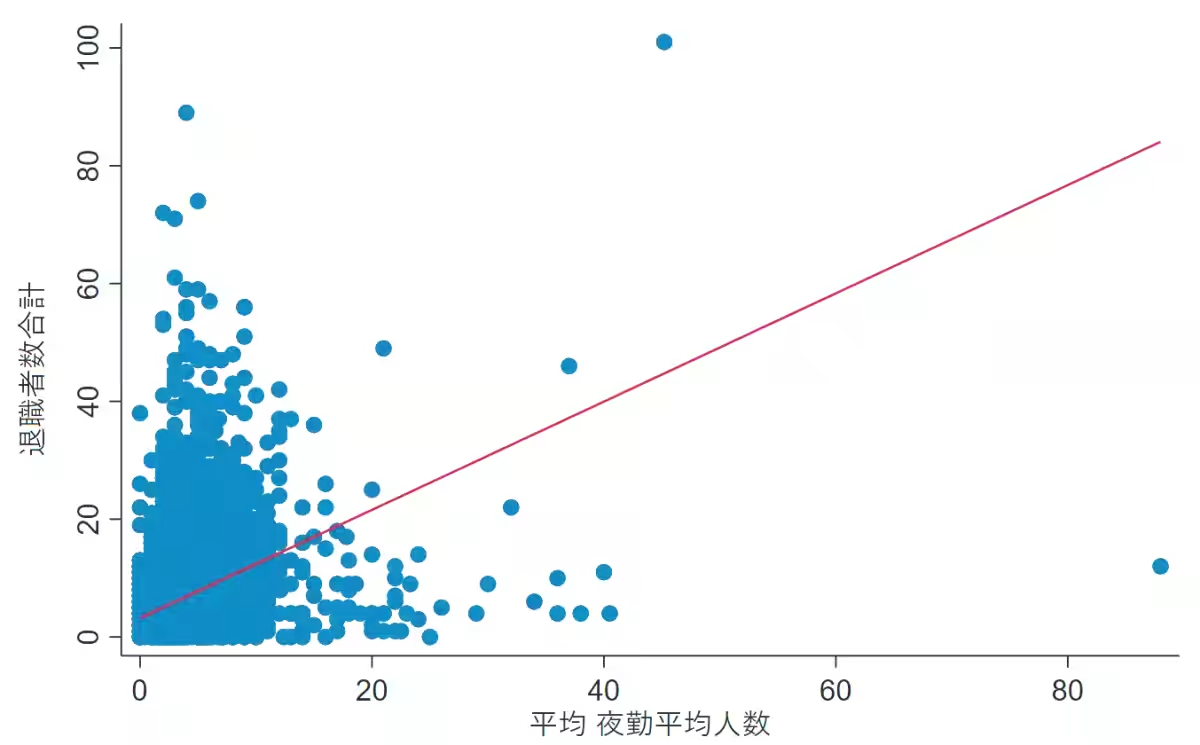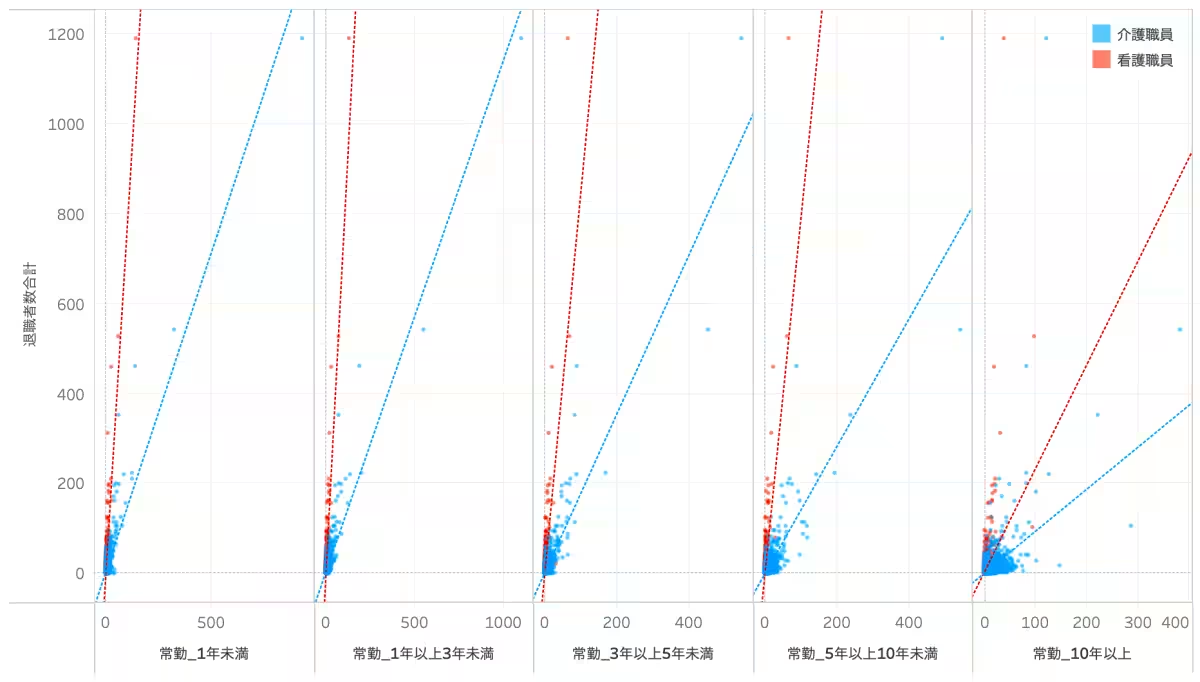

Identifying Early Turnover Risks in Caregiving: Insights from SCUEL Analysis
Understanding Early Turnover Risks in Caregiving
Mii Company, headquartered in Minato, Tokyo, has conducted a detailed analysis of turnover trends in caregiving facilities using its specialized database, SCUEL (Sukeru). This study aims to identify future turnover risks and highlights three significant indicators that may contribute to early turnover among staff.
The Reality of High Turnover Rates in the Caregiving Industry
The caregiving sector is currently grappling with chronic labor shortages, resulting in approximately 150,000 professionals leaving their positions annually, as cited in the Ministry of Health, Labour and Welfare’s 2022 survey on the state of employment in caregiving. Early turnover, particularly within the first year of employment, poses a severe challenge, leading to financial losses for organizations as well as increased fatigue among existing staff which can trigger further resignations.
Three Key Indicators of Turnover Risk Identified by SCUEL Analysis
This analysis focuses on three primary aspects to discern early signs of potential layoffs:
1. Facilities with a High Number of Staff with Less Than One Year of Experience
The examination of correlations between the number of newly hired staff (less than one year of experience) and the overall turnover rates in facilities reveals significant trends. The data indicates that facilities with a larger number of inexperienced staff tend to have higher resignation rates, particularly among caregiving staff, suggesting the presence of underlying challenges in training and management. Understanding the makeup of staff experience becomes vital for improving recruitment strategies and ensuring effective mentorship.
2. Night Shift Staffing Levels as an Indicator
The analysis further explored the relationship between the number of staff assigned to night shifts and turnover rates. Adjusting for service type, facility size, and regional characteristics, a notable finding emerged that a greater number of night shift workers correlated with higher turnover. The physical toll and disruption of work-life balance associated with night shifts highlight an ongoing challenge for caregivers and organizations. Striking a balance between sufficient night shift coverage and staff well-being is essential for retention.
3. Impact of Supplement Claims on Workplace Dynamics
The current practice in labor placement often overlooks the relevance of special claims (such as end-of-life care claims) in the recruitment process. Contrary to popular perception, the presence of such claims does not necessarily lead to increased resignation rates. However, they offer insights into the required skill sets and job expectations within a workplace and could serve as a valuable tool for better matching candidates based on their preferences and skills.
Analyzing Turnover Risk Through Data
Understanding the turnover indicators identified in the SCUEL analysis can guide both recruitment and retention strategies for caregiving organizations. The SCUEL database allows for comprehensive comparisons based on location and facility type, revealing inconsistencies such as:
- - Regional variations in staff experience levels and their corresponding impact on turnover.
- - Differences in shift structures and their effectiveness in maintaining staff morale and productivity.
By tailoring hiring practices based on archived data around experience and shift structures, caregiving entities can enhance their matching precision.
Discovering Free Resources for Caregiving Staffing Solutions
Mii Company has released a complimentary white paper entitled "Three Perspectives for Visualizing Turnover Risks: Insights for Caregiver Placement." This resource provides vital information about employee experience and night shift staffing ratios, complemented by data on claim submission rates related to end-of-life care. The aim is to foster a more profound understanding of workplace dynamics that contribute to staff retention.
Using the SCUEL database, caregiving organizations are encouraged to transition away from relying solely on anecdotal impressions and instead utilize data-driven decision-making to mitigate turnover risks effectively.
Concluding Thoughts
In summary, the SCUEL analysis serves as a pivotal resource for identifying indicators of early turnover risks in the caregiving domain. Emphasizing the importance of data in recruitment provides companies with the tools to create more stable work environments and encourages the continuous development of effective workforce strategies. Mii Company remains committed to enhancing caregiving solutions through ongoing data analysis and expert insights.




Topics Business Technology)










【About Using Articles】
You can freely use the title and article content by linking to the page where the article is posted.
※ Images cannot be used.
【About Links】
Links are free to use.